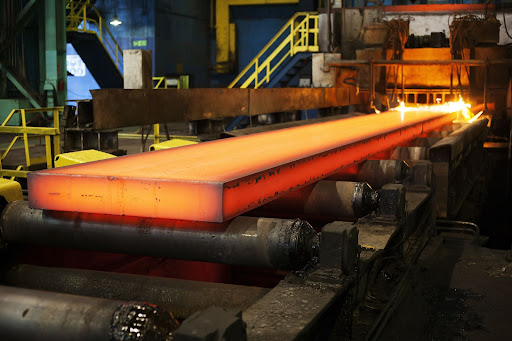The steel industry is a vital player in the world market, providing sheet steel for the factories of automotive corporations to make their cars, supplying steel so companies can create wiring, and much more. However, like with restaurants and other businesses, the coronavirus pandemic caused numerous problems for the steel industry.
When businesses started back up after lockdown restrictions were loosened, they were eager to make up for the lost time. However, in doing so, they placed tremendous strain on the steel industry, which, in turn, impacted the supply chain in numerous ways. To learn more about the supply chain issues in the steel industry, three significant interconnected problems arose due to high consumer demand for steel.
Material Shortages Causing Supply Chain Problems
One of the causes of supply chain problems in the steel sector is that the materials required to create steel suffer from shortages. For two second quarters in a row, steel was the third-most sourced product due to companies attempting to rebuild their supply chains after the 2020 coronavirus pandemic brought trade to a halt. As a result of this development, steel stockouts became more common due to the heightened demand for them in the industry.
The impact of supply chain issues for other products also has bearings on the development and trade of steel. For instance, several automobile manufacturers like Volkswagen and Honda have to idle their production lines because of semiconductor shortages, which caused them to delay their sheet metal orders. Such a predicament demonstrates how the scarcity of other materials can impact the flow of steel.
Steel Factories Can’t Keep Up
Another supply chain problem in the steel sector relates to the inability of steel factories to keep up with the heightened demand. Because corporations are operating at much higher levels to rebound from pandemic lockdowns, customer demand for steel has skyrocketed as a result. Due to the higher demand, steel factories have been forced to operate at a much higher capacity than they usually do to meet these requests.
There are many other factors that prevent steel factories from adequately keeping up with customer demand. One such reason is a lack of skilled workers, making it difficult for steelmakers to satisfy the tumultuous trends of the time. Lengthened mill lead times have made operations take longer than they normally should, which is another impact of supply chain issues.
Increased Steel Prices
The culmination of all the supply chain problems in the steel sector is that the cost of steel escalated considerably. The impact of the supply chain’s unnaturally high need for steel caused material shortages, which, in turn, was one of the reasons why factories were unable to keep up with demand, resulting in steel becoming more expensive to maintain. As a result, the price to purchase raw steel has risen considerably due to the supply chain problems in the steel sector caused by the increased demand.
Contact us today for more information if you are interested in the steel products that Wickwire Warehouse produces, such as our high-quality hot-dipped galvanized steel wire or our professional single loop balling wire. We’re working hard to fulfill our customers’ orders on time!


